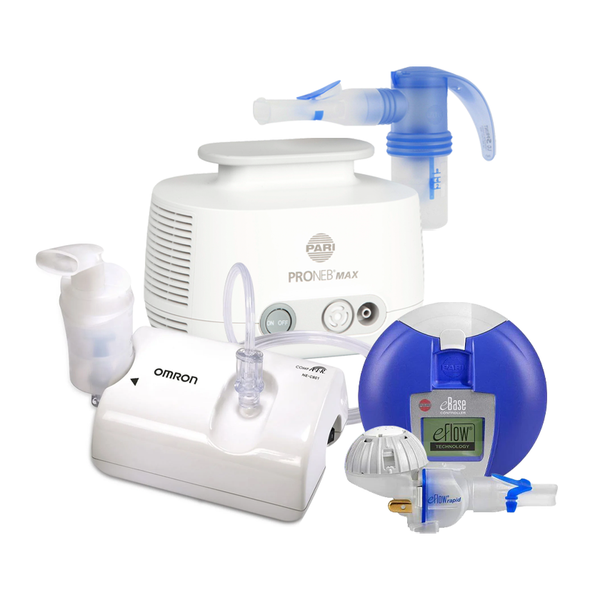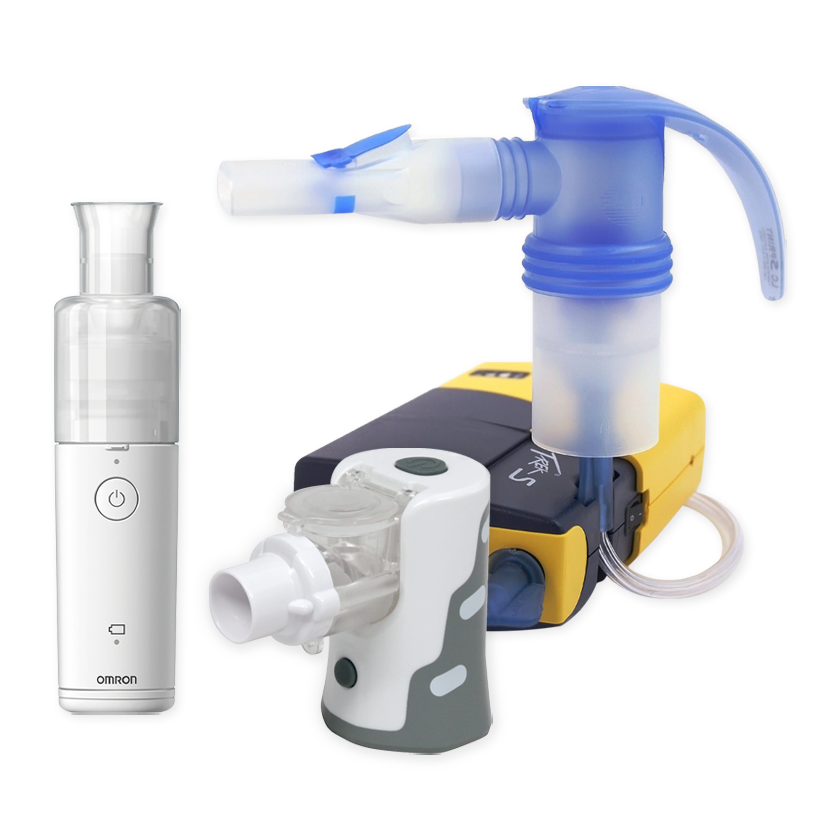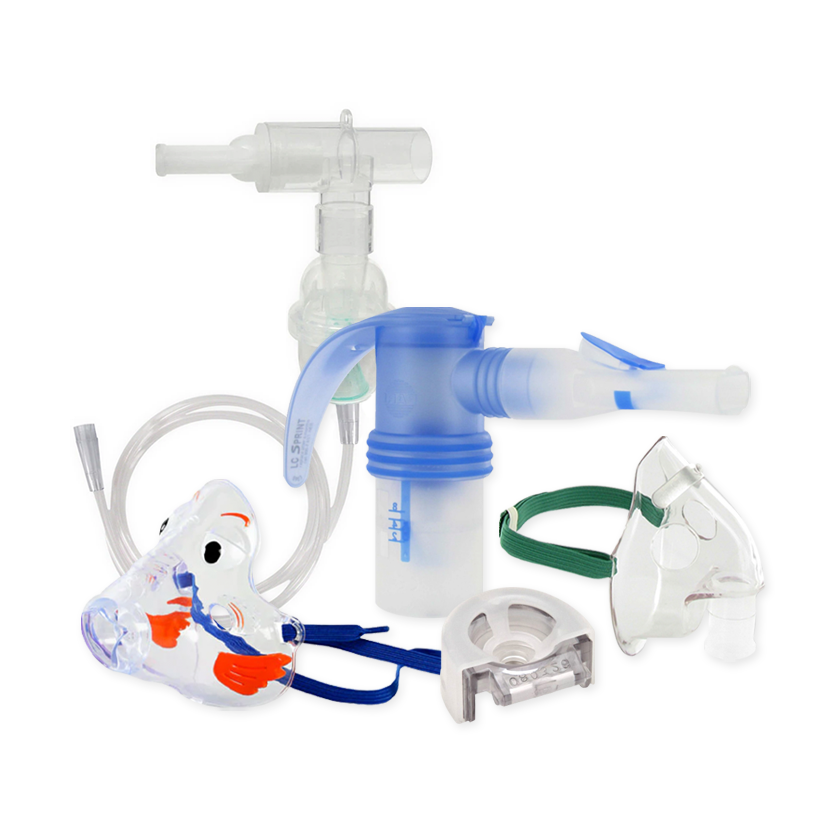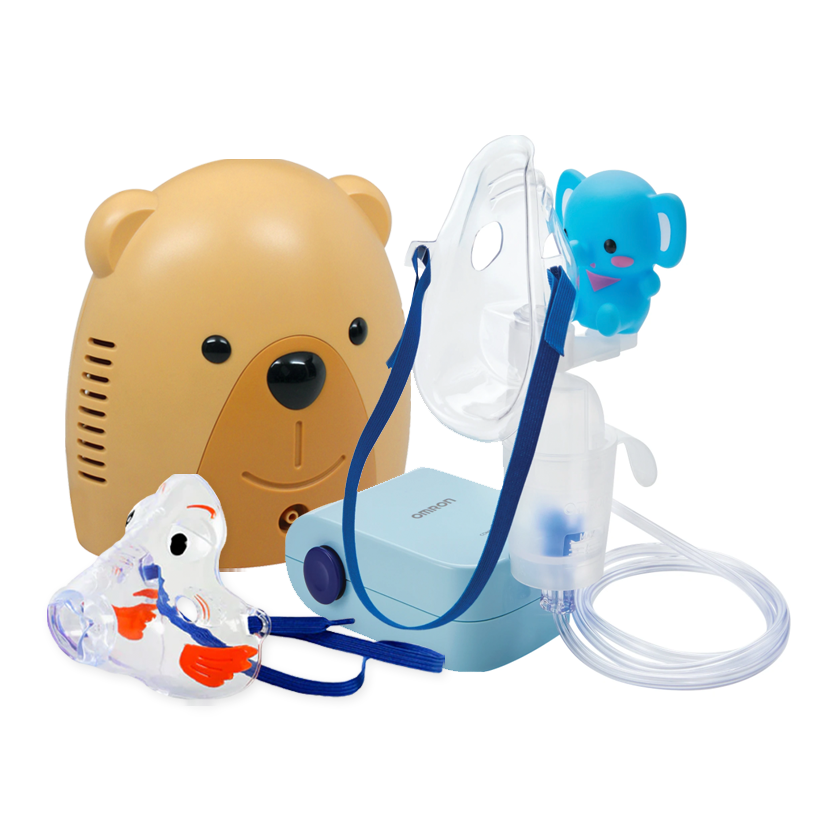Your Cart is Empty
Free Shipping on all orders over $75!
Menu

Free Shipping on all orders over $75!
Nebulizer Systems
Travel Nebulizers
Nebulizer Accessories
Just For Kids
Oxygen Supplies
How to Tell the Difference Between the Flu and a Cold
January 08, 2015 2 min read
Flus and colds are two of the most common asthma triggers, and unfortunately it’s flu season once again. These two illnesses share many similar symptoms-- runny nose, sore throat, coughing, etc. But the treatments are somewhat different, so it’s helpful to know which you have. How can you tell?
Severity
Flus are typically more severe than colds. Most of the time you can still function with a cold, but the flu can keep you stuck primarily to the bed or couch feeling miserable. Symptoms such as fatigue, aching, and chest discomfort are common in both flus and colds, but much more severe with the flu.
Speed
Colds usually have a gradual onset. At first you may just feel rundown, then you have a runny nose, then you a full blown cold. However, flus start suddenly with little to no warning.
Specific Symptoms
Certain symptoms are unique to flus-- specifically fevers and headaches. Though they can occur with colds, this is the exception. Most of the time, fevers and headaches indicate you have the flu.
Treating the Flu
Drink a lot of water to avoid dehydration, and rest a lot so your body can fight off the virus. Over the counter medications can provide relief for symptoms such as fever, headache, and congestion. In more severe cases doctors can also prescribe antiviral drugs to speed up recovery.
Treating a Cold
Drinking lots of water will help you stay hydrated, and drinking orange juice or other drinks high in vitamin C is a common folk remedy for treating colds. Once again, over the counter medications can help you feel better, but with a cold there usually isn’t much to do other than wait a few days for it to go away. However, if it hasn’t gone away after a few days, check with your doctor as it may be a bacterial infection or other respiratory illness instead.
Subscribe
Sign up to get the latest on sales, new releases and more …

NEW CUSTOMERS SAVE $5 OFF YOUR FIRST PURCHASE OF $20 OR MORE
Code will be sent to email entered if applicable
SIGN UP FOR FUTURE SALES, NEW PRODUCTS AND ANNOUNCEMENTS
{"themeColor":"#061f77","iconColor":"#061f77","showLogo":true,"topBottomPosition":0,"rightLeftPosition":5,"iconSize":"large","iconCustomSize":64,"position":"middle-right"}



